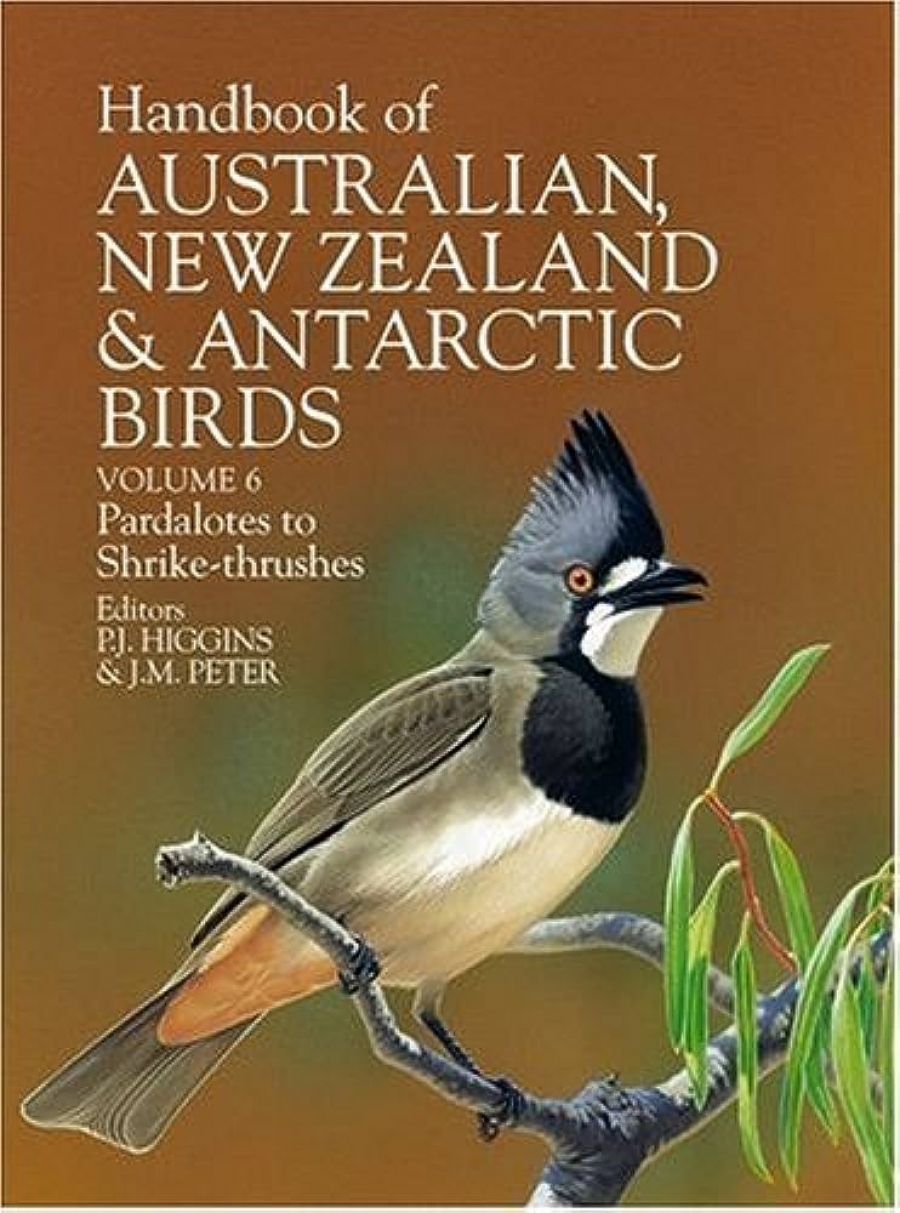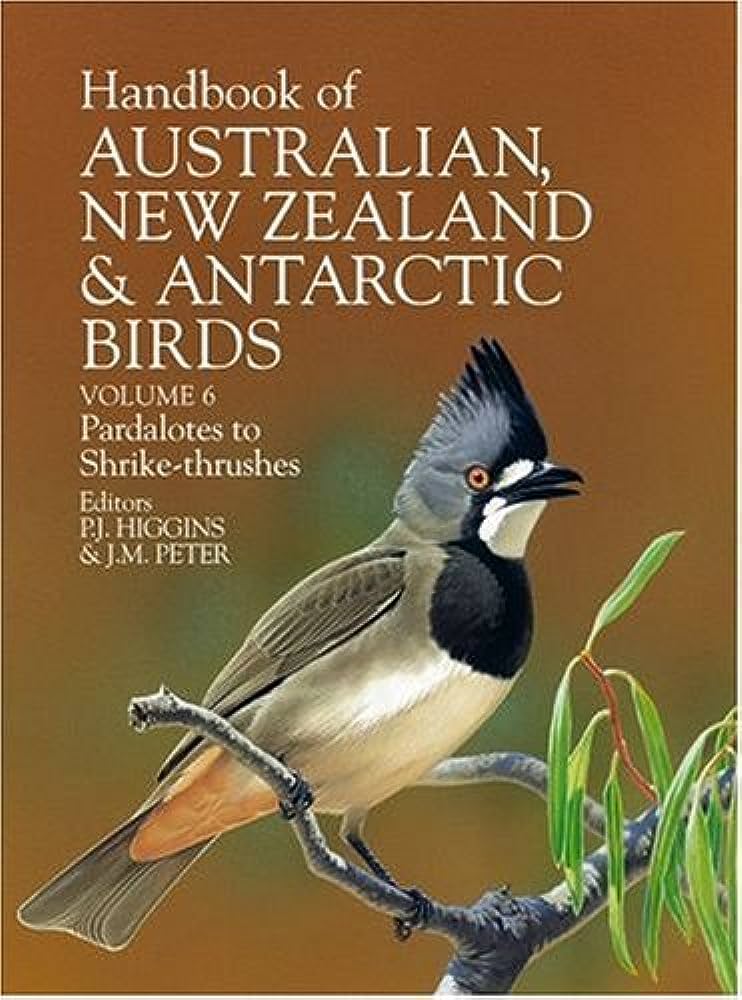
- Free Article: No
- Contents Category: Biology
- Review Article: Yes
- Article Title: Songful Handbook
- Online Only: No
- Custom Highlight Text:
According to my dictionary, a handbook is ‘a short manual or guide-book’. Somebody ought to inform the ornithological world of this, because ‘handbook’ has come to be applied to huge, multi-volume compendia about the bird faunas of particular regions. These books aim to present clearly and concisely all available knowledge about each species, drawing together observations and data from innumerable scientific journals, books, museum specimens, and field notes of scientists and bird watchers. Inevitably, they are massive compilations, running to thousands of pages. They certainly cannot be carried easily. However, they have developed a tradition of fine scholarship and precise writing and illustration, building on the high standards set by the first such work, the four-volume Handbook of British Birds (Witherby et al. 1938–41). Their contribution to bird research and conservation has been immense.
- Book 1 Title: Handbook Of Australian, New Zealand And Antarctic Birds
- Book 1 Subtitle: Volume 6: Pardalotes To Shrike-Thrushes
- Book 1 Biblio: OUP, $395 hb, 1225 pp
- Book 1 Cover Small (400 x 600):

- Book 1 Cover (800 x 1200):

Volume 6 is the penultimate volume of HANZAB, its now-universal acronym. It covers 107 species of passerines, or songbirds, of Australia and New Zealand (Antarctica has no songbirds). If one were to believe the accounts of some early European settlers in Australia, one might form the opinion that Australia lacks songbirds: our forests were described as silent and dreary. Nothing could be further from the truth. Volume 6 covers such beautiful songsters as whistlers, shrike-thrushes and gerygones, as well as noisy, though less musical, species such as the whipbirds and babblers. It also includes the impressive radiations of scrubwrens, thornbills and Australasian robins (which are not at all closely related to their northern hemisphere namesakes).
As I write this review, I am distracted by birdcalls from my parched garden. I worry about the impact of drought on wildlife already struggling to survive in a depleted and fragmented habitat. To address these concerns requires knowledge of the ecology of each species. Factors such as their demographics, habitat preferences, diet, foraging behaviours and social organisation will determine their population resilience.
I can hear the resident pair of Brown Thornbills scolding from a hakea shrub. What can HANZAB Volume 6 tell me about the Brown Thornbill? As we have come to expect, the account is comprehensive and detailed – over eighteen pages of dense, terse text summarising information from 234 published sources and numerous unpublished communications; a distribution map; a sonogram of characteristic calls; line drawings of a diagnostic plumage feature; tables of data relating to foraging ecology and food; and six colour paintings illustrating appearance, postures and plumage variation. I learn that pairs of these tiny birds are resident in a permanent, all-purpose territory. Their young disperse during winter in search of un-occupied habitat, which they mostly fail to find. If they reach adulthood, they may live for a remarkable seventeen years. They eat small insects and spiders, mostly gleaned from the outer foliage of shrubs and low trees. T
heir nest is built close to the ground in dense vegetation. Sixty-two per cent of nest attempts fail to fledge a single young: most eggs or nestlings are eaten by other native birds or mammals, or removed by cuckoos before they add their own egg for foster care. And on it goes: an avalanche of facts and precise information, carefully organised and fully-referenced, so that researchers can check primary sources.
The only reservation I have about HANZAB is the seeming reluctance of the editors to synthesise and draw conclusions from the mass of data. The tendency to rehash information from scientific papers without comment is frustrating, particularly when material from different studies seems somewhat contradictory. After compiling and organising all the raw data, the fifteen section editors ought to be well qualified to offer more insights and comment.
HANZAB has already become an indispensable tool for anyone with a serious interest in birds of the Australian region. The authority and detail of the text, and the quality and breadth of the illustrations, mean it will remain the primary source of information about the region’s birds for decades. With the completion of Volume 6, the ambitious plans of a few visionaries in 1985 are now close to fruition. I doubt that even they could have imagined that the final product would be so magnificent or so useful.


Comments powered by CComment